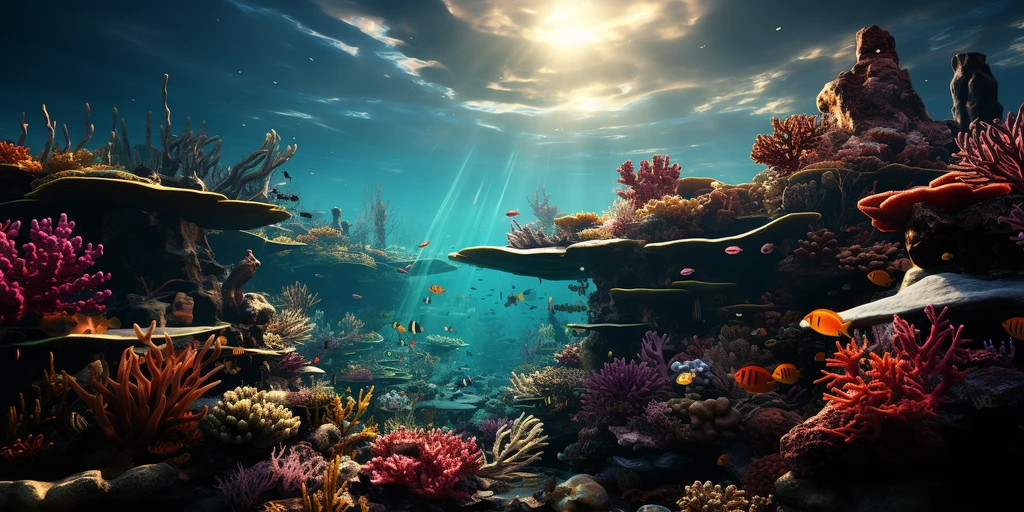Coral reefs are often referred to as the “rainforests of the sea,” and for good reason. These vibrant ecosystems, teeming with life and color, play a crucial role in the health of our oceans. This article explores the significance of coral reefs, their biodiversity, the threats they face, and the urgent need for conservation.
1. The Structure of Coral Reefs
Coral reefs are formed from colonies of tiny marine animals called corals, which belong to the class Anthozoa. These corals secrete calcium carbonate to build hard, protective structures. Over thousands of years, these structures accumulate, forming the reefs we see today. The most well-known type, the barrier reef, is found off the coast of Australia and is the largest coral reef system in the world.
2. Biodiversity Hotspots
Coral reefs are among the most diverse ecosystems on the planet, housing an estimated 25% of all marine species. They provide habitat and shelter for a myriad of organisms, including fish, mollusks, sea turtles, and various invertebrates. The intricate relationships between species contribute to the overall health of the reef. For example, clownfish and anemones share a symbiotic relationship, where the clownfish receives protection while the anemone benefits from nutrients in the clownfish’s waste.
3. The Importance of Coral Reefs
Coral reefs offer numerous benefits to both marine life and humans. They:
- Support Fisheries: Reefs serve as nurseries for many fish species, which are vital for commercial and subsistence fishing.
- Protect Coastlines: They act as natural barriers, reducing wave energy and protecting shorelines from erosion and storm damage.
- Provide Economic Value: Coral reefs attract millions of tourists each year, supporting local economies through activities like diving, snorkeling, and eco-tourism.
4. Threats to Coral Reefs
Despite their importance, coral reefs are facing unprecedented threats:
- Climate Change: Rising ocean temperatures lead to coral bleaching, a phenomenon where corals expel the algae (zooxanthellae) that live within their tissues, causing them to lose their color and vital nutrients.
- Ocean Acidification: Increased CO2 levels result in more acidic oceans, which can hinder corals’ ability to produce their calcium carbonate structures.
- Pollution: Runoff from agriculture, plastic waste, and untreated sewage introduce harmful chemicals and nutrients into the water, promoting algae growth that can suffocate corals.
- Overfishing: Unsustainable fishing practices disrupt the balance of reef ecosystems, leading to declines in fish populations that are essential for maintaining coral health.
5. Conservation Efforts
Recognizing the importance of coral reefs, various conservation initiatives are underway. These efforts include:
- Marine Protected Areas (MPAs): Establishing MPAs helps safeguard critical habitats from destructive activities.
- Restoration Projects: Scientists are experimenting with coral gardening and other restoration techniques to rehabilitate damaged reefs.
- Sustainable Practices: Promoting sustainable fishing, reducing plastic use, and improving land management can help mitigate some of the pressures on coral reefs.
- Community Engagement: Educating local communities about the importance of coral reefs and involving them in conservation efforts can lead to more effective protection measures.
Conclusion
Coral reefs are vital to the health of our oceans and the well-being of countless species, including humans. As we continue to face environmental challenges, it is crucial to prioritize the protection and restoration of these underwater rainforests. By fostering awareness and supporting conservation efforts, we can ensure that coral reefs thrive for generations to come, preserving their beauty and biodiversity for the future.

